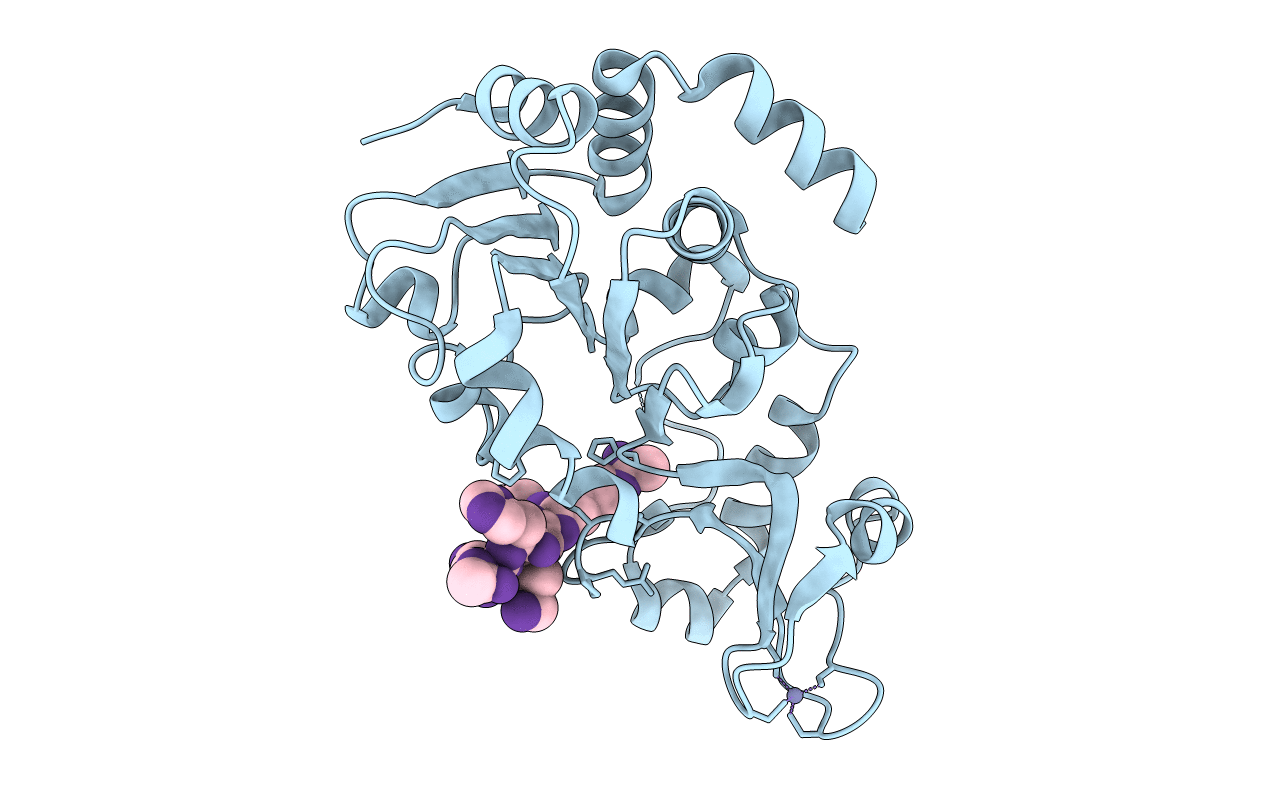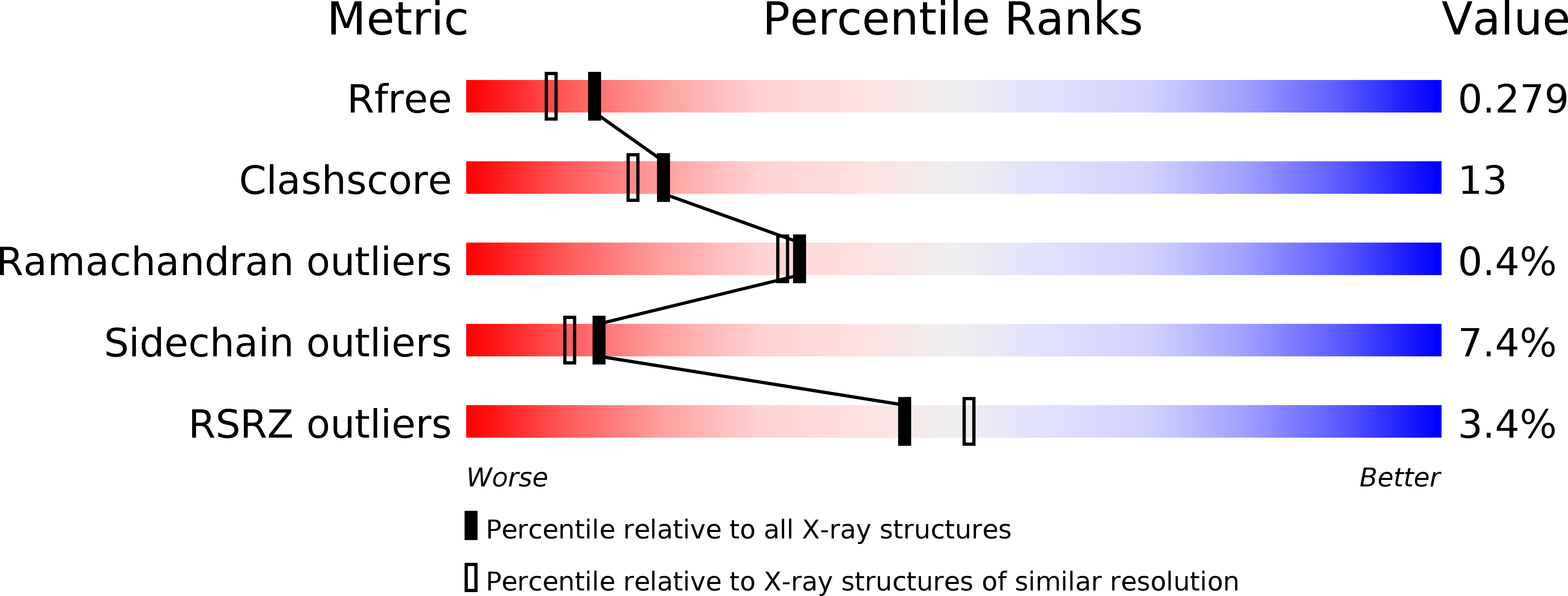
Deposition Date
2012-07-06
Release Date
2013-03-20
Last Version Date
2024-11-13
Entry Detail
PDB ID:
4FZ3
Keywords:
Title:
Crystal structure of SIRT3 in complex with acetyl p53 peptide coupled with 4-amino-7-methylcoumarin
Biological Source:
Source Organism:
Homo sapiens (Taxon ID: 9606)
Host Organism:
Method Details:
Experimental Method:
Resolution:
2.10 Å
R-Value Free:
0.28
R-Value Work:
0.20
R-Value Observed:
0.21
Space Group:
H 3 2


